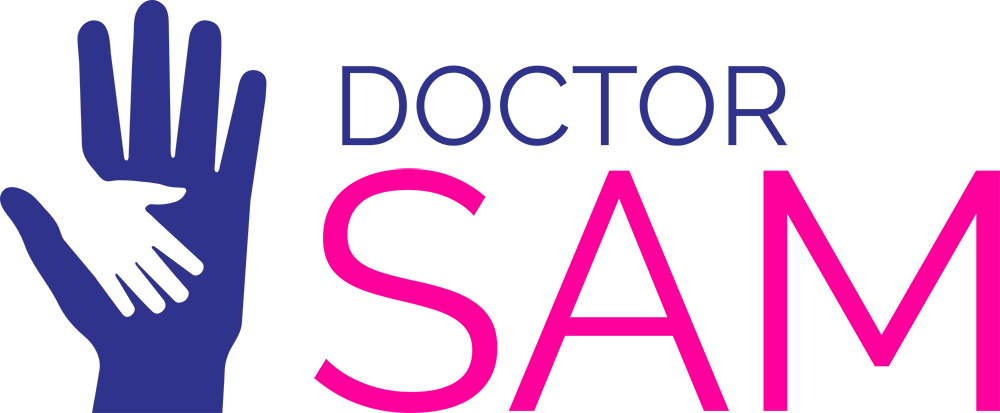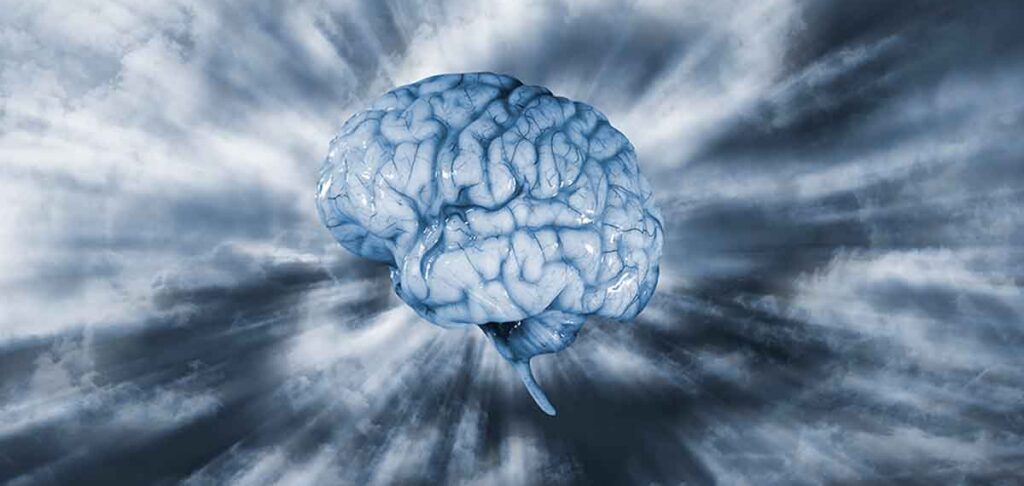Autism Spectrum Disorder, frequently abbreviated as ASD, is a neurodevelopmental disorder that is noted by deficits in communication, social interactions, and may include restricted or repeated interests or behaviors.
Symptoms
Symptoms of ASD primarily occur through several domains: (1) impaired social communication or (2) restricted or (3) repetitive behaviors interests/activities.
Indicators of social communication primarily relate to the verbal and nonverbal skills needed for navigation of social and occupational interactions. This includes social attention, interests in socializing with others, appropriate responses to conversation and play, and reading of nonverbal body language. Individuals with ASD may have more difficulty with appropriate social cues, awareness of others, and difficulties interacting in a coordinated manner. Impairments can affect language and speech, with inappropriate ability to converse with others, difficulty listening, and difficulty comprehending elements of dialogue. These hindrances may affect the quality of relationships that may extend to platonic, familial, friendships, or romantic interests.
Signs of ASD relating to restricted or repetitive behaviors include hand flapping, rocking, or toe walking. Occasionally, these behaviors may be seen as self-stimulating or even self-injurious, and can include extreme behaviors such as biting, head-banging, or pinching. Individuals with autism are also resistant to change, and may display inflexibility extending to particular foods, routines, or other aspects of living. These behaviors are also associated with specific restricted interests, that may be of incredible focus and intensity. This preoccupation may relate to unusual content or objects.
Individuals on the Autism Spectrum may have specific sensitivities to sensory experiences, which can extend to discomfort with anything affecting their five senses. These individuals may present as either under-responsive or over-responsive to any environmental inputs, which can often lead to significantly increased anxiety, irritability, or other emotional reactiveness.
Assessment &
Diagnosis
Autism Spectrum Disorder, or ASD, is commonly diagnosed by pediatric specialists within the first two years of life. Attention may be brought to the condition through developmental delays, delays in speech or language, limited eye contact, issues in school or with peers. Presentation of this disorder is dynamic, and it is not uncommon that symptoms of ASD may not impair functioning until grade school or even later in life.
Evaluation of autism occurs clinically through a detailed diagnostic evaluation, which is performed by a medical professional using a variety of clinical assessments and screening tools. A diagnostic evaluation includes a comprehensive history of medical, neurological, psychosocial, and family factors that may contribute to the condition. Identification of any co-existing diagnoses that amplify symptoms is also vital. Early detection of ASD is crucial as there are a variety of developmental services and early interventions recommended depending on specific difficulties and level of severity.
Treatment
There are a variety of treatments to assist those diagnosed with autism. While no treatments directly treat autism itself, recommended treatments focus on treating associated symptoms with psychiatric medications, or behavioral interventions. Because individuals diagnosed with ASD may still be diagnosed with other psychiatric illnesses, obtaining a complete diagnosis is crucial in aiding symptomatic relief.
Therapies that have been studied for efficacy include intense behavioral programs such as Applied Behavioral Analysis or the TEACCH/Structured Teaching method. Frequently, a functional behavioral assessment may be performed that can assist in understanding difficult or uncomfortable behaviors. Often, these interventions will be focused on teaching interpersonal communication skills as well aiding with cognitive tasks. Social skills groups may be useful in improving interpersonal difficulties and social competence, in addition to providing important peer support and modeling. Programs for speech therapy, occupational therapy, physical therapy, or behavioral therapy may also help resolve key symptoms. These programs overall have been adapted for a variety of age groups from toddlers to late adolescence and into adulthood.
While clinical manifestations of autism spectrum disorder vary in quality and intensity of symptoms, psychopharmacological treatment may be helpful in relieving symptoms that do not respond to other interventions. ASD symptoms treated with medication may include impulsivity, hyperactivity, mood, anxiety, repetitive behaviors, agitation/aggression, sleep difficulties or psychosis. Risks and benefits, including side effect profiles, as well as the need for ongoing medical monitoring, should be discussed with the treating psychiatrist or other medical professional.












